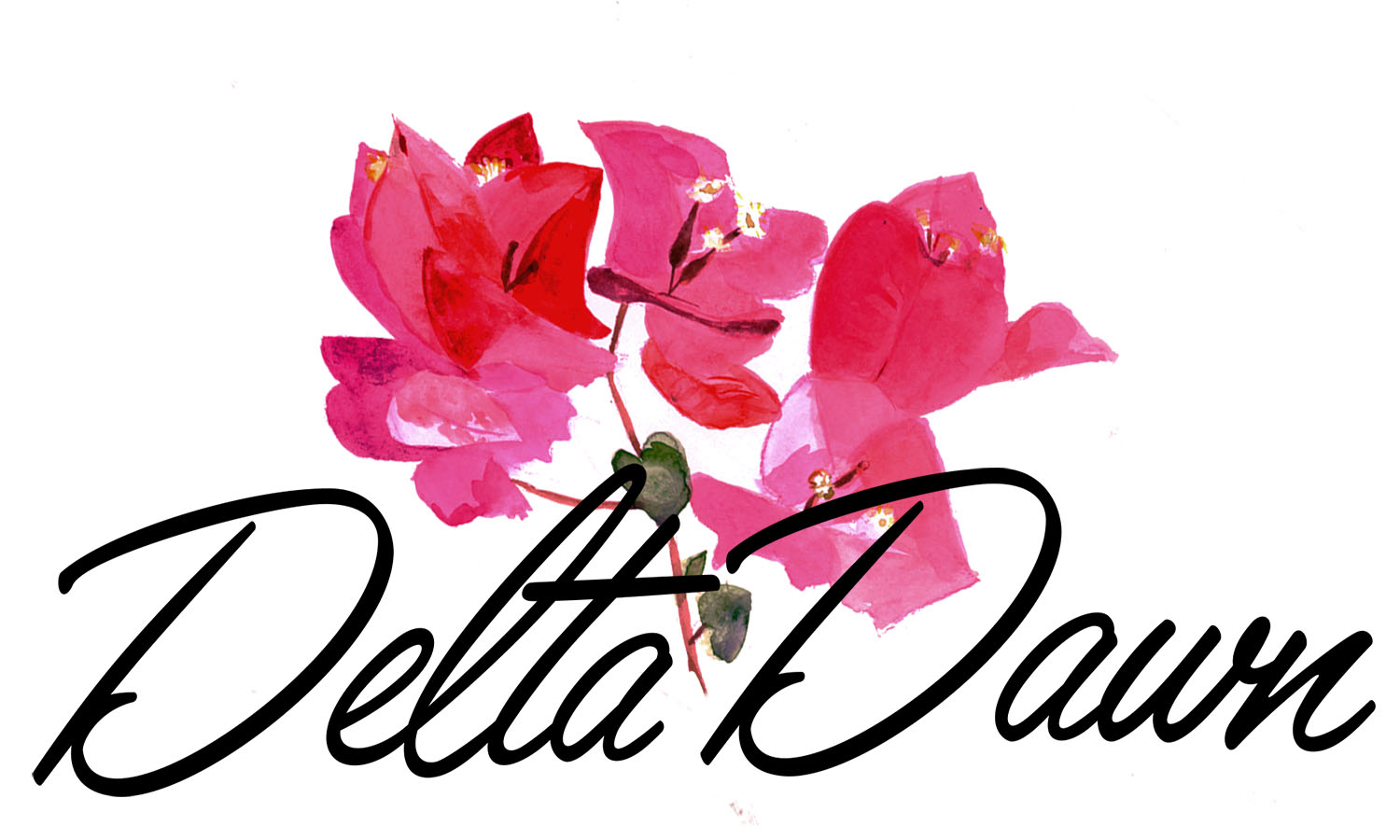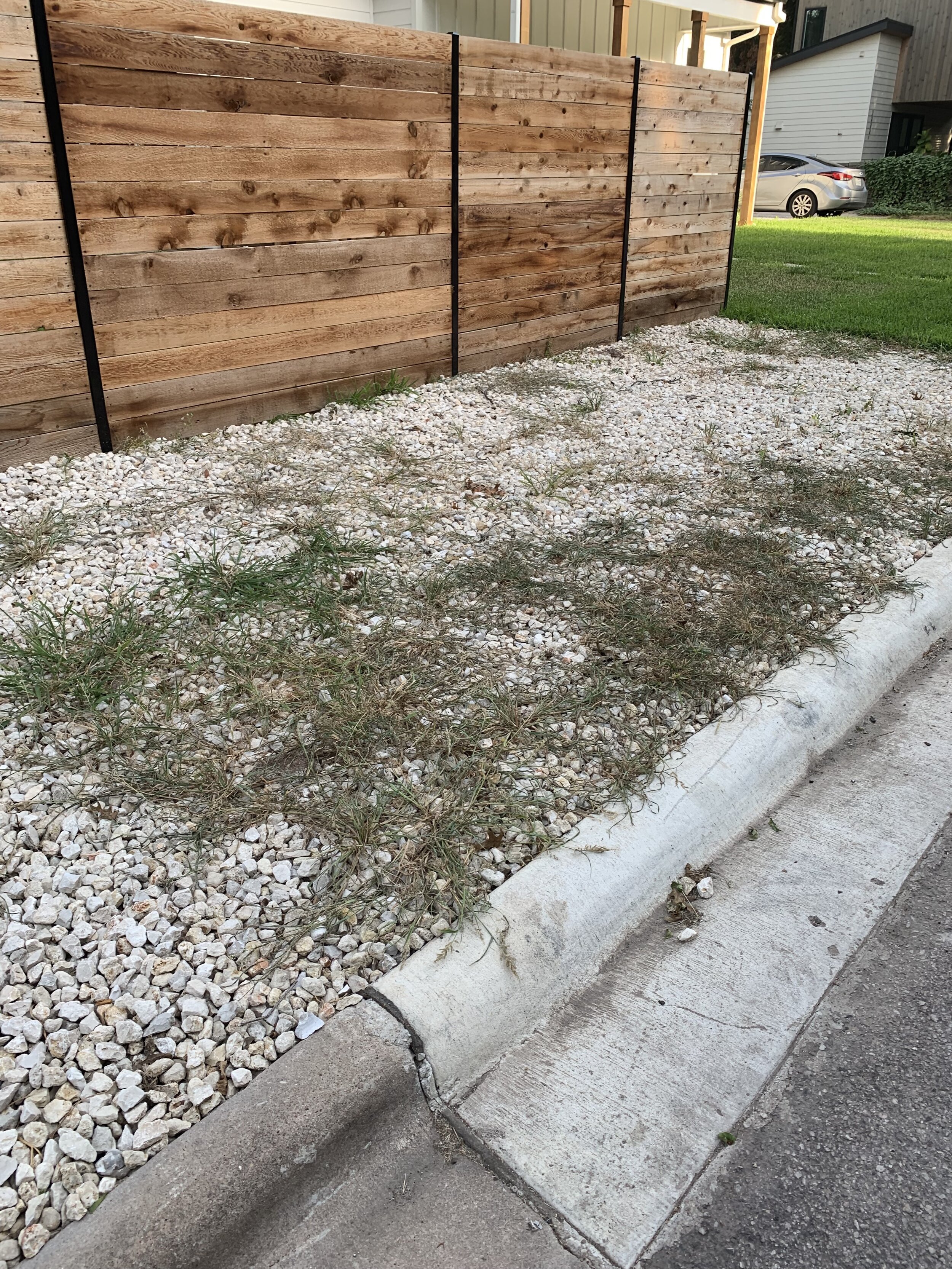When Gravel Attacks:
The do’s and don’ts of xeriscape
A common misconception about “xeriscaping” is that gravel is a sustainable alternative to grass and plants in the lawn. The term ‘xeriscape’ simply refers to low-water (“xeric”) landscapes: yards and gardens for which supplemental irrigation is kept to a minimum.
Austin’s is a temperate, not a desert, climate. (Annual rainfall averages around 34” in Austin; compare that to 14” in Los Angeles.) Because we do get a fair amount of rain, compared to desert zones, “gravelscapes” —or planes of gravel punctuated with spiky plants — should be used with caution. Like pavement, gravel reflects heat, making the microclimate hotter, potentially raising your electric bill in the summer and causing stress to your trees. What’s more, gravels are a welcome growing medium for weeds. Trust me, pulling weeds out of gravelscapes is hard work!
What’s the alternative to gravel and thirsty turfgrass? Use native plants — and look to nature! Instead of thinking about your yard from the ground up (as an expanse of grass or gravel to be tamed), think about it from the top down. Let the canopy of trees be the star of the show, and the anchor of the design. Create mulched areas (using hardwood mulches or compost) around existing trees, and plant native perennials, grasses, and groundcovers in beds beyond the trees’ dripline.
If you are dealing with a weedy full-sun situation, now is the time to plant trees, along with denser, ground-shading perennials (like muhly grasses, sedges, and trailing lantana) to reduce weed pressure.
Landscape fabric: DON’T!
The above videos from KLRU’s Central Texas Gardener explain the disadvantages of gravelscapes in detail.
Large swaths of gravel: DON’T!












